Search
Search Results
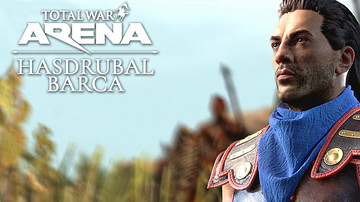
Definition
Hasdrubal Barca
Hasdrubal Barca (c. 244-207 BCE) was the younger brother of the Carthaginian general Hannibal (247-183 BCE) and commanded the forces of Carthage against Rome in Spain during the Second Punic War (218-202 BCE). They were both, along with another...

Definition
First Punic War
The First Punic War (264-241 BCE) was fought between Carthage and Rome largely over control of Sicily. The war was fought on the island, at sea, and in north Africa. Both sides enjoyed victories and suffered near-catastrophic defeats. The...
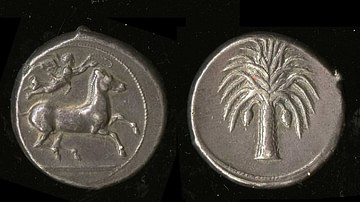
Image
Carthaginian Silver Coin
A Carthaginian silver coin, depicting Nike above a horse and a palm tree, minted in Carthage, 5th-4th century BCE.
The British Museum, London.
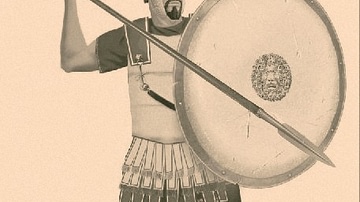
Image
Carthaginian Sacred Band Hoplite
A Carthaginian hoplite from the Sacred Band, the army corps composed of Carthaginian citizens. Taken from a coin of Syracuse, 4th century BCE.

Image
Carthaginian War Elephant
An artist's rendition of a Carthaginian war elephant during the Punic Wars with Rome.
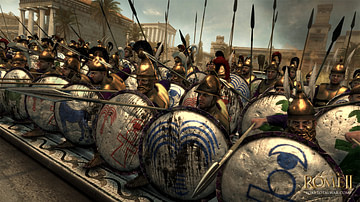
Image
Carthaginian Mercenaries
An artist's impression of how a troop of Carthaginian mercenaries may have appeared in battle formation.
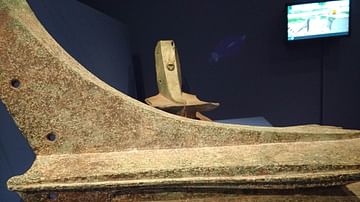
Image
Carthaginian Ship's Ram
A bronze ram from the prow of a Carthaginian warship. Found off the Aegadian Islands (near Sicily) and dating to the First Punic War (264 and 241 BCE). A Punic inscription dedicates the ram to the Phoenician and Punic god Baal.
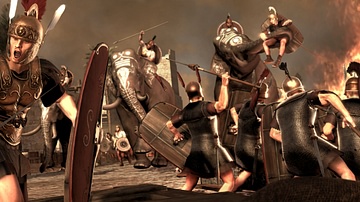
Image
Carthaginian War Elephants
An artist's impression of what an attack by Carthaginian war elephants may have looked like during the Punic Wars of the 3rd century BCE.
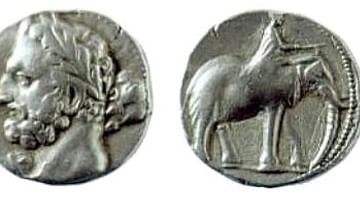
Definition
Hamilcar Barca
Hamilcar Barca (c. 285 – c. 228 BCE) was a Carthaginian general active in the First Punic War (264-241 BCE). He then quashed a rebellion closer to home between 241 and 237 BCE before returning abroad, where he successfully expanded Carthaginian...
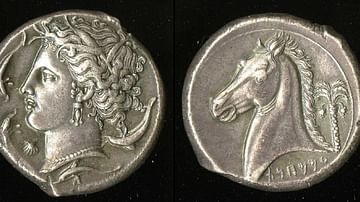
Image
Carthaginian Silver Tetradrachm
A silver tetradrachm minted in Carthage, 330-300 BCE. Obv.: head of the goddess Tanit with dolphins. Rev. : horse's head and palm tree. The legend reads 'm mhnt' meaning 'people of the camp', that is army camp. Many such coins were minted...